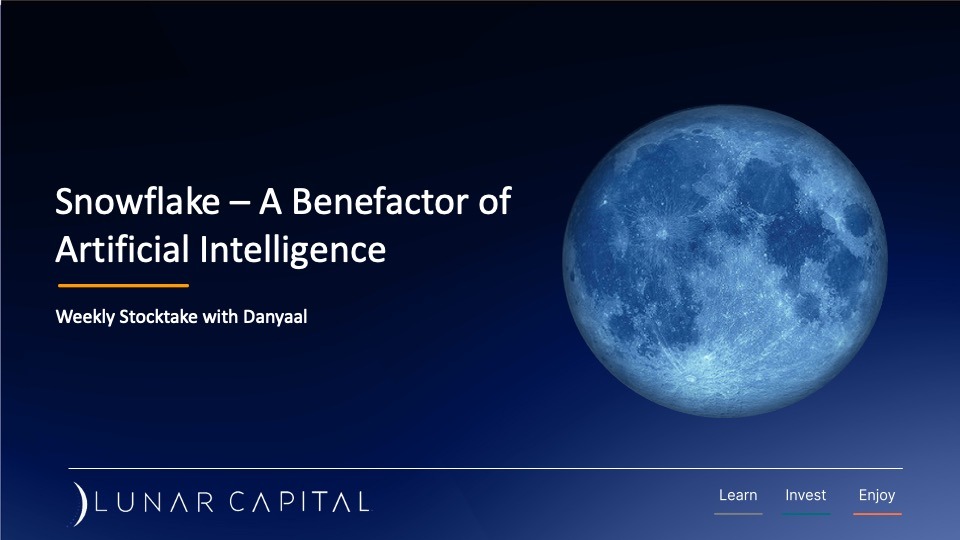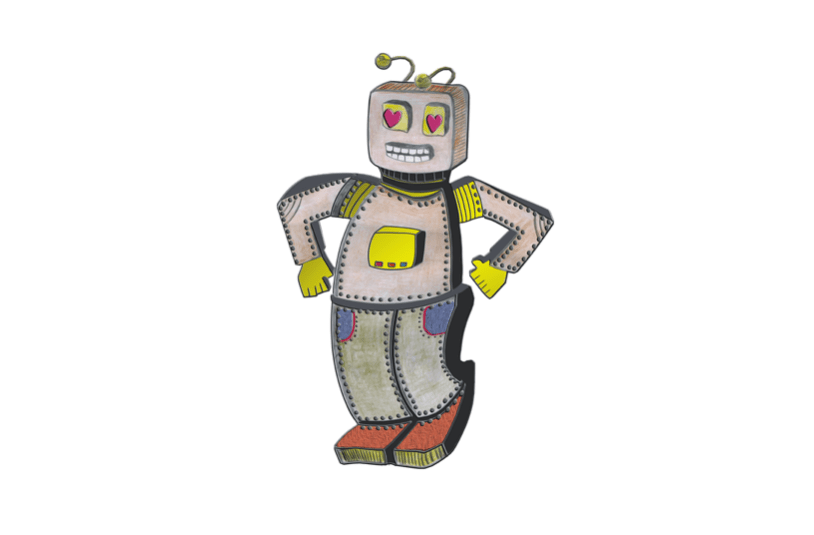[fusion_builder_container hundred_percent=\”no\” equal_height_columns=\”no\” hide_on_mobile=\”small-visibility,medium-visibility,large-visibility\” background_position=\”center center\” background_repeat=\”no-repeat\” fade=\”no\” background_parallax=\”none\” parallax_speed=\”0.3\” video_aspect_ratio=\”16:9\” video_loop=\”yes\” video_mute=\”yes\” overlay_opacity=\”0.5\” border_style=\”solid\”][fusion_builder_row][fusion_builder_column type=\”1_1\” layout=\”1_1\” background_position=\”left top\” background_color=\”\” border_size=\”\” border_color=\”\” border_style=\”solid\” border_position=\”all\” spacing=\”yes\” background_image=\”\” background_repeat=\”no-repeat\” padding=\”\” margin_top=\”0px\” margin_bottom=\”0px\” class=\”\” id=\”\” animation_type=\”\” animation_speed=\”0.3\” animation_direction=\”left\” hide_on_mobile=\”small-visibility,medium-visibility,large-visibility\” center_content=\”no\” last=\”no\” min_height=\”\” hover_type=\”none\” link=\”\”][fusion_text]
Artificial Intelligence
One of the most rapidly advancing technologies today, and perhaps scariest, is in the field of artificial intelligence (AI).
I’ll attempt a layperson’s explanation of AI:
AI is the ability of a machine or computer to have human-like thinking (or cognitive) capabilities. The computer is programmed in a way that allows it to:
- apply certain rules on inputs that it receives,
- use previous experience, and
- improve its learning as it gains more experience
so that a goal or certain goals are met.
You can deduce that this is very similar to human-like thinking and learning.
Examples of Artificial Intelligence systems
There are quite a few examples of AI systems that are already available today:
Self-driving vehicles
This is probably one of the best examples of very advanced artificial intelligence. There are many inputs one has to consider when driving a car safely, such as the rules of the road, objects, other road traffic, pedestrians, animals, traffic rules, road conditions, etc. One then has to use that information to make decisions like is it safe to proceed or turn, how fast should you drive, how hard should you brake, is it safe to change lanes or overtake, what action should be taken to avoid a collision, what route should you take, etc.
Despite the complexity of designing self-driving vehicles, this technology already exists today. The Google self-driving car project, also called Waymo is probably the most advanced project in this space, recording significantly fewer accidents over many kilometres of testing than human drivers. Take a look at the Waymo website.
As an aside, it would be fascinating to have the Waymo tested on South African roads. There may be a real risk that it learns all of our bad driving habits.
Siri
If you are an Apple iPhone user, you may already have encountered Siri. Siri acts like a personal assistant and is able to interact with you in a natural language like English. You can ask Siri for directions or search for some information or even send a message or book a calendar event for you. Siri improves itself by accessing more and more information databases, building its own intelligence as it learns from its successes and failures.
Siri has gone through several iterations or versions and has improved over every iteration. One can expect that as this technology develops, it will become more user-friendly and valuable. What excites me about this technology is the natural language capabilities. This will get better over time and I look forward to a time when we’re not all hunched over our mobile phones for fear of missing some breaking news or that all important email. Siri (or equivalent) will take care of that for us, and only call our attention if it thinks that the issue is important enough.
COIN
JP Morgan process approximately 12,000 new commercial loans annually. Each of these has an associated loan agreement. COIN is an AI system developed by JP Morgan to parse these commercial loan agreements and to interpret these agreements. This used to take over 360,000 hours per annum to do by lawyers and loan officers. Now, it is done within seconds. COIN also helped JP Morgan to reduce errors in loan processing.
COIN started with parsing and interpreting commercial loans and they intend to extend this to other types of loans that they conclude with their customers and counterparts.
Amazon Go
Watch the YouTube video on Amazon Go. Amazon Go is a new concept self-service store. You walk into a store which allows you access into the store because you have signed on at Amazon Go and the App on your smartphone connects to the store’s access control system. Whatever, you choose to add to your shopping basket and walk out of the store with, immediately gets charged to your Amazon account.
There are no security staff or cashiers at the store. You don’t need to stand in a queue, no need to swipe a card.
Amazon Go concept stores have already been opened and currently they have a limited set of product that you can purchase. Watch this space, as the technology improves and the stores stock more products.
Again, sensor and AI technologies are used to determine that you have entered the store, what products you have put into your shopping basket, which ones you have taken but then decided not to take and ultimately what you have walked out of the store with.
Cancer Detection
Google and other AI companies have developed technologies for detecting and diagnosing certain types of cancer. In some cases, these AI systems can detect certain cancers faster and more accurately than even the most trained pathologists.
Due to the number of slides of tissue samples, as well as the complexity of these images, even trained eyes can make mistakes and it can also take a long time to review and make a diagnosis.
AI technology is helping to analyse these samples much quicker and with better accuracy. Whilst limited at this stage to certain types of cancer, again one can expect that this technology will only improve. In time, it will be standard equipment in all pathology labs.
Should we embrace these developments?
Safer roads, better and quicker medical diagnosis, no queues at shops, ability to talk in a natural language with your smart phone or robot assistant. Surely, these are all welcome in our lives as it can only make life better? Imagine the improvement in productivity if you didn’t have to concentrate on driving to and from work every day. Or, Siri doing some research for you for a project that you are working on.
BUT. Let’s, consider how many people earn a living driving vehicles. Truck drivers, taxi drivers, couriers, delivery agents, …. The list goes on. What happens to them? What about other consequences: if you don’t drive the car, why should you want to own one? Would this decrease the demand for cars on the road, if you can just call up a cab on your app to take you to wherever you need to go to? Does this mean fewer cars been produced and fewer available jobs at motor manufacturers?
How many people earn a living as cashiers, packing assistants, security at a supermarket or store? What happens to them when one has fully automated stores?
Lawyers, pathologists, personal assistants. These are just from the few examples I have referred to above. What about other jobs: doctors, accountants, miners, farmers, fashion designers, bankers, engineers, computer programmers? Again, the list can go on.
Technological developments occur throughout history. In fact, humankind continuously looks for ways to make life safer, easier and of a higher quality. The Luddites were textile workers during the industrial revolution who refused to embrace machination. History has shown that they failed to stop this revolution. The destruction of factory and white collar jobs has also continued apace. Arguably, AI is targeting the next set of jobs and it is hard to tell where this will end up. If history is any indication, then certainly we will see those jobs been decimated.
History also shows that in the longer term, jobs moved from farms to mines and factories, from mine factories to service sectors like banks, insurance companies and retail, and also more people in professional careers. Will we see another migration of work during the second machine age?
Needless to say, without an appropriate response from policy makers and a clearer view of what new jobs there would be in future, so that people can be trained in them; we run a significant risk of more social upheavals. Some analysts have mooted the idea of a universal basic income for all.
A universal basic income will provide each citizen with a monthly stipend to provide for basic needs such as food, shelter and education. Some will rise above this mere existence through entrepreneurship, endeavour or other means. Don’t ask me how we fund this or whether it would in fact allay any social issues?
What can you do?
Very simplistically, you can do certain things that are in your control to try and soften the blow that will likely come as the robots start taking more of our jobs.
Here are some of the things I am doing? There is no guarantee that it will work, but for me it is much better than doing nothing:
- Invest in some of these businesses that are leading the way in developing these technologies. If they are successful in killing your job, then the impact may be countered if you earn a decent return from your investment.
- Continue your journey of learning. This will give you a better chance of adapting in this rapidly changing environment.
- Pressurise policy makers (governments) to develop appropriate policies to cope with this.
- Lastly, try to be part of the change, i.e. make the change rather than be changed or be a victim of change. Think about how you can work together with technology to do better, whether it’s in your career or to solve challenges facing the world. In this way the change can be very beneficial to you and to society.
[/fusion_text][/fusion_builder_column][/fusion_builder_row][/fusion_builder_container]


